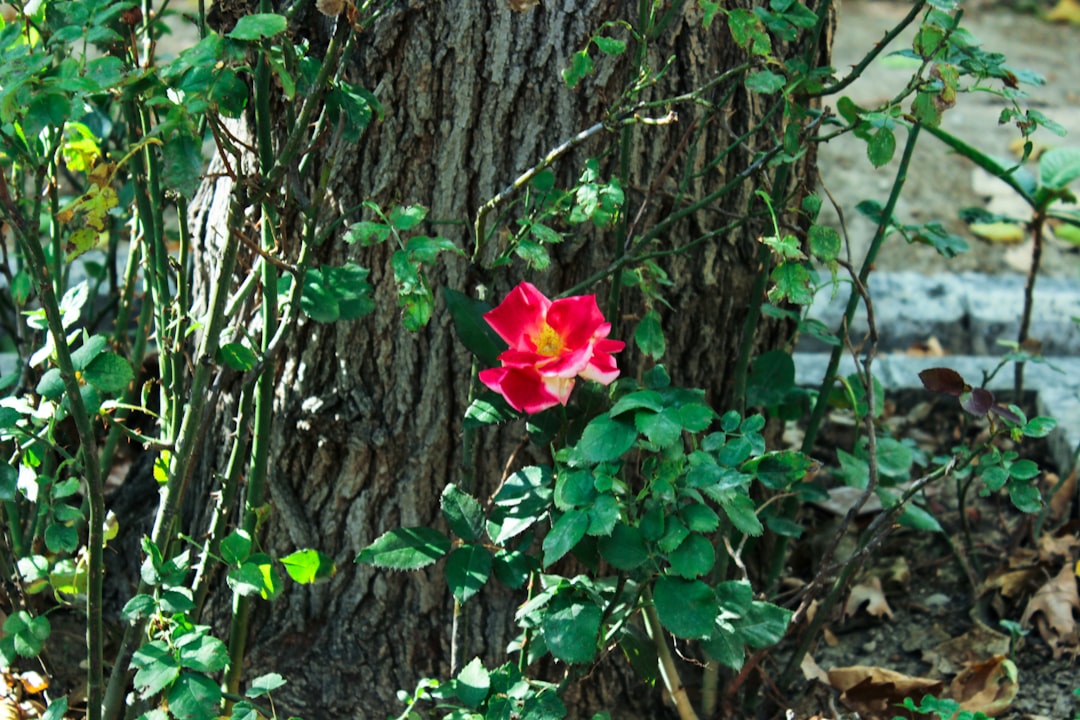Unveiling the Secrets of Texas Rock Rose Growth

The Texas rock rose, a remarkable native shrub, offers a long - lasting bloom and is known for its easy - care nature and drought tolerance. This plant is a true gem in the world of gardening, especially for those living in regions with challenging weather conditions. In this article, we will explore the essential growing tips to help you cultivate a thriving Texas rock rose in your garden.
First and foremost, understanding the natural habitat of the Texas rock rose is crucial. It is native to the arid and semi - arid regions of Texas. This means that it has adapted to survive in environments with limited water availability. When choosing a location for your Texas rock rose, select a spot that receives full sun. These shrubs thrive in bright sunlight, which is essential for their photosynthesis process and overall growth. A minimum of six hours of direct sunlight per day is recommended. Avoid planting them in shaded areas as this can lead to weak growth and poor blooming.
The soil type plays a vital role in the growth of the Texas rock rose. It prefers well - drained soil. Heavy, clayey soils that retain water for long periods can cause root rot, which is a common problem for this plant. Sandy or loamy soils are ideal as they allow water to drain quickly. If your garden soil is heavy, you can amend it by adding sand, perlite, or other organic matter to improve its drainage. You can also plant the Texas rock rose in raised beds to ensure better drainage. Additionally, the soil should be slightly acidic to neutral, with a pH range between 6.0 and 7.5.
Watering is one of the most important aspects of growing the Texas rock rose. As a drought - tolerant plant, it does not require frequent watering. Over - watering can be more harmful than under - watering. During the establishment phase, which is usually the first year after planting, water the shrub deeply once a week. This helps the roots to grow deeper into the soil. Once the plant is established, you can reduce the watering frequency. In normal weather conditions, watering every two to three weeks is sufficient. During periods of extreme drought, you may need to water it once a week, but make sure the soil dries out between waterings.
Fertilizing the Texas rock rose is not overly complicated. These shrubs do not have high fertilizer requirements. A light application of a balanced, slow - release fertilizer in the spring is usually enough. Avoid using high - nitrogen fertilizers as they can promote excessive foliage growth at the expense of blooming. A fertilizer with an N - P - K ratio of 10 - 10 - 10 or similar is suitable. Follow the instructions on the fertilizer package for the correct application rate based on the size of your shrub.
Pruning is another important aspect of maintaining a healthy Texas rock rose. Pruning should be done in late winter or early spring before new growth begins. Remove any dead, damaged, or diseased branches. You can also shape the shrub by selectively pruning branches to maintain its desired size and form. However, be careful not to over - prune as this can reduce the number of blooms. A light pruning that removes no more than one - third of the plant's growth is recommended.
Pest and disease control for the Texas rock rose is relatively easy. These shrubs are generally resistant to most common pests and diseases. However, they can occasionally be affected by aphids or spider mites. If you notice an infestation, you can use an insecticidal soap or a neem oil spray. These are natural and environmentally friendly options. Make sure to follow the instructions on the product label for proper application.
In conclusion, growing a Texas rock rose can be a rewarding experience. By providing the right growing conditions, including proper sunlight, well - drained soil, appropriate watering, and minimal fertilizing and pruning, you can enjoy the beautiful blooms of this native shrub for many years. Whether you are a novice gardener or an experienced horticulturist, the Texas rock rose is a great addition to any garden.